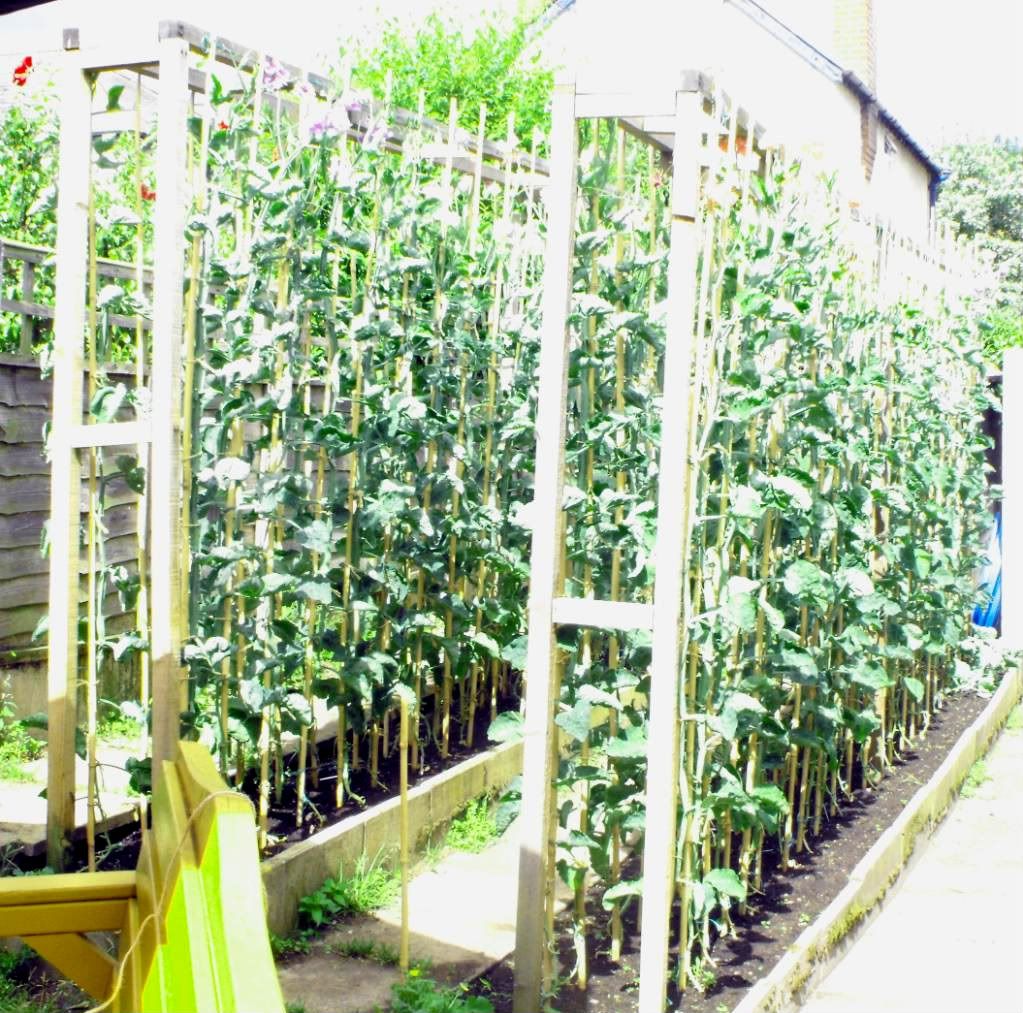Post by sweetpea on Jan 31, 2011 16:38:56 GMT
Sweetpeas, aka Lathyrus odoratus are an annual climbing plant noted for their diversity of colouring and lovely scent. Not called ‘The Queen of the Climbers’ for nothing.
My aim here is to assist growers (particularly novices) to attain a working knowledge of the various methods and terminology in the growing process.
Some of you will no doubt just wish to grow for garden decoration while some will wish to have a go at the local flower show.
These require different methods of cultivation which I will try to explain as we go along.
All sweetpeas are propagated by seed.
The’ Perennial Sweetpea’ is actually a different species, Lathyrus latifolius and can be grown from seed or cuttings though usually from seed. There are also many other lathyrus species.
First thing to consider I suppose is how dedicated you are to growing and to what level of expertise.
To grow with the aim of exhibiting you will need to have a sufficient amount of ground available to grow them. Also required will be a supply of compost making materials, pots (either clay or plastic), A cold frame, canes (to grow them up), A supply of manure ( I use stable manure), various fertilizers eg Superphosphate.
Another useful item would be wood ash which you should obtain and store dry to be used later.
Ps A greenhouse is not a requirement though can be useful.
SEEDS, There are a number of dedicated sweetpea seedsmen and IMHO not a lot to distinguish between them other than cost. I have used most of them at some time or other but most often I stick to Kerton’s Sweetpeas, in Bridgewater, Somerset.
Exhibition sweetpeas are grown on the ‘Cordon’ method while garden decoration is usually referred to as ‘Bush’
Both need a form of support for the plants to grow up, cordon (canes) bush (peasticks) or indeed any method that suits you..
SOWING DATES This will vary according to what your plans are.
For summer shows the favoured date is the second week of October.
Spring sowing is a bit of a misnomer as Jan and Feb are actually winter months.
For NON exhibition work you can sow any time from October through to May and still get a good display.
There are no hard and fast rules here. I have sown as late as mid November with good results.
My aim here is to assist growers (particularly novices) to attain a working knowledge of the various methods and terminology in the growing process.
Some of you will no doubt just wish to grow for garden decoration while some will wish to have a go at the local flower show.
These require different methods of cultivation which I will try to explain as we go along.
All sweetpeas are propagated by seed.
The’ Perennial Sweetpea’ is actually a different species, Lathyrus latifolius and can be grown from seed or cuttings though usually from seed. There are also many other lathyrus species.
First thing to consider I suppose is how dedicated you are to growing and to what level of expertise.
To grow with the aim of exhibiting you will need to have a sufficient amount of ground available to grow them. Also required will be a supply of compost making materials, pots (either clay or plastic), A cold frame, canes (to grow them up), A supply of manure ( I use stable manure), various fertilizers eg Superphosphate.
Another useful item would be wood ash which you should obtain and store dry to be used later.
Ps A greenhouse is not a requirement though can be useful.
SEEDS, There are a number of dedicated sweetpea seedsmen and IMHO not a lot to distinguish between them other than cost. I have used most of them at some time or other but most often I stick to Kerton’s Sweetpeas, in Bridgewater, Somerset.
Exhibition sweetpeas are grown on the ‘Cordon’ method while garden decoration is usually referred to as ‘Bush’
Both need a form of support for the plants to grow up, cordon (canes) bush (peasticks) or indeed any method that suits you..
SOWING DATES This will vary according to what your plans are.
For summer shows the favoured date is the second week of October.
Spring sowing is a bit of a misnomer as Jan and Feb are actually winter months.
For NON exhibition work you can sow any time from October through to May and still get a good display.
There are no hard and fast rules here. I have sown as late as mid November with good results.





 It's our nearest town. I haven't been to Kerton's to visit, but I've driven past there. I do know other people who go there to see the sweetpeas in flower every year.
It's our nearest town. I haven't been to Kerton's to visit, but I've driven past there. I do know other people who go there to see the sweetpeas in flower every year.  I should make the effort, shouldn't I.
I should make the effort, shouldn't I.  Take no notice sweetpea, its pick on the men week.
Take no notice sweetpea, its pick on the men week. 





